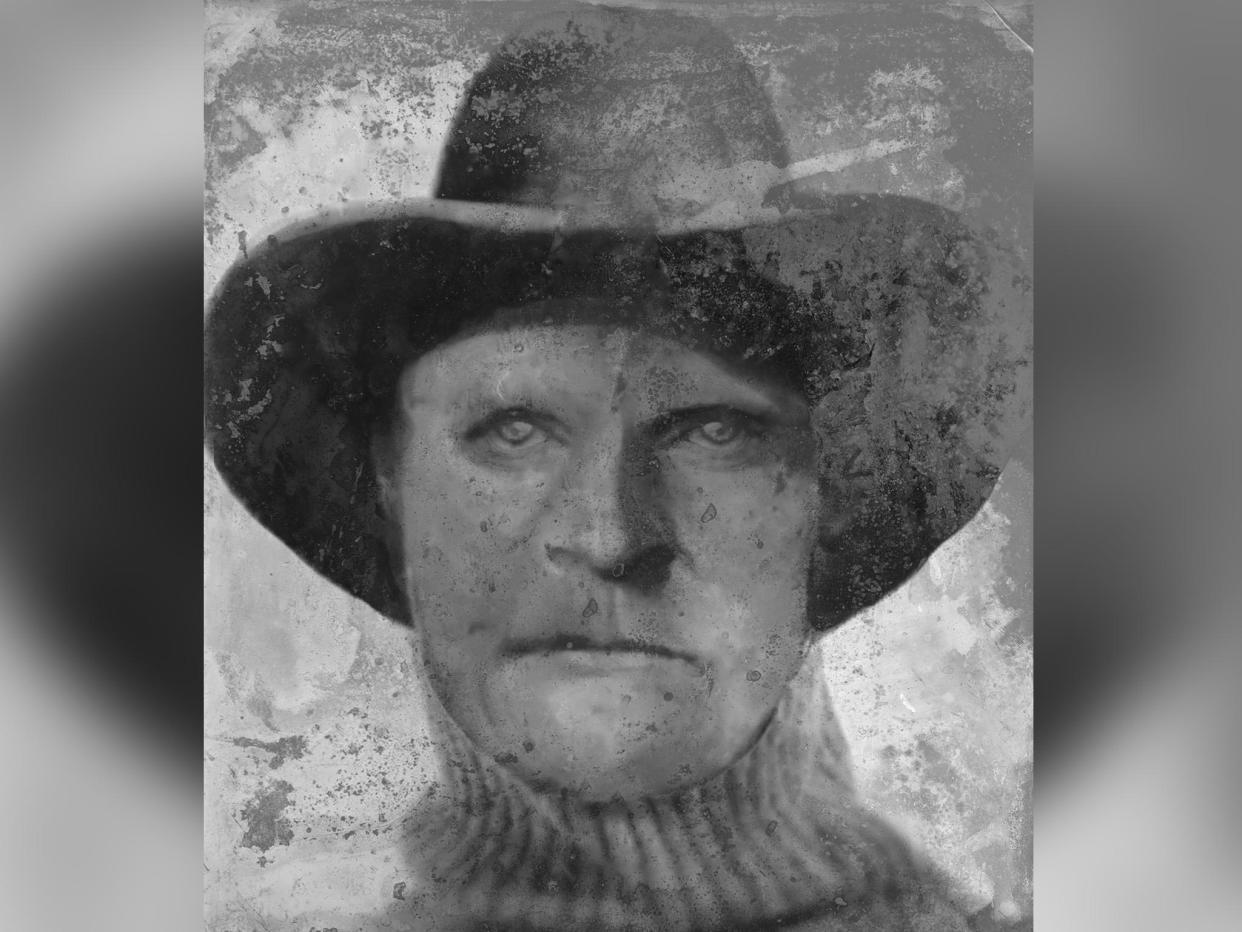Mystery over identity of decades-old headless torso found in cave partially solved – but not how he got there

The mystery over the identity of a headless torso that was hidden inside a cave for decades has finally been solved – partly.
Investigators say the body belongs to Joseph Henry Loveless, an outlaw who murdered his wife with an axe and was not seen after he escaped from jail in 1916.
But the case will remain open because investigators do not know how the man was killed, or how he came to be left inside the cave.
The mysterious torso was found in Idaho 40 years ago, and has remained a mystery ever since. It took all that time as well as a variety of different investigative techniques – from the latest DNA profiling to more traditional documents – for investigators to find out his identity, and finally inform a surviving relative about what happened.
The mystery over the torso began in 1979. A family who were going through Buffalo Cave in the hope of finding arrow heads came across human remains, wrapped in burlap and buried beneath the ground. For a long time after that, nothing new was found.
Then, in 1991, another person going through the same cave system found a mummified hand, and further searches found an arm and two legs that had also been wrapped up and put inside the cave. That was the last that investigators would find in the cave, despite intense efforts from organisations including the FBI.
Scientists were able to find some information about the man whose body had been discovered, including the fact that his body could have been there for 10 or more years. Though they could tell the body had been cut apart using tools, there was no way of knowing what had killed him.
Researchers then turned to DNA techniques in an attempt to find the identity of the body. Local authorities sought the help of the DNA Doe Project, which seeks to use scientific testing to find the identity of remains so they can be returned to their families.
That turned up much more information about the man, including that his relatives arrived in Utah with the Church of Jesus Christ of Latter-Day Saints. His probably grandfather had four wives, and so the man had a vast number of relatives, researcher Lee Bingham Redgrave told the Associated Press.
By searching through a variety of candidates – and discovering a number of strange facts, such as the fact that a grave belonging to Joseph Henry Loveless didn't actually include his body – researchers were able to find their candidate. They discovered through archive research that he was accused of killing his second wife, and that though he was sent to prison for the crime he was experienced at breaking out of jail, and did.
Investigators think he died soon after breaking out, in 1916. They still don't know how, or why his body came to be placed in the cave, but hope that keeping the case open could lead to further clues about what happened to him.

